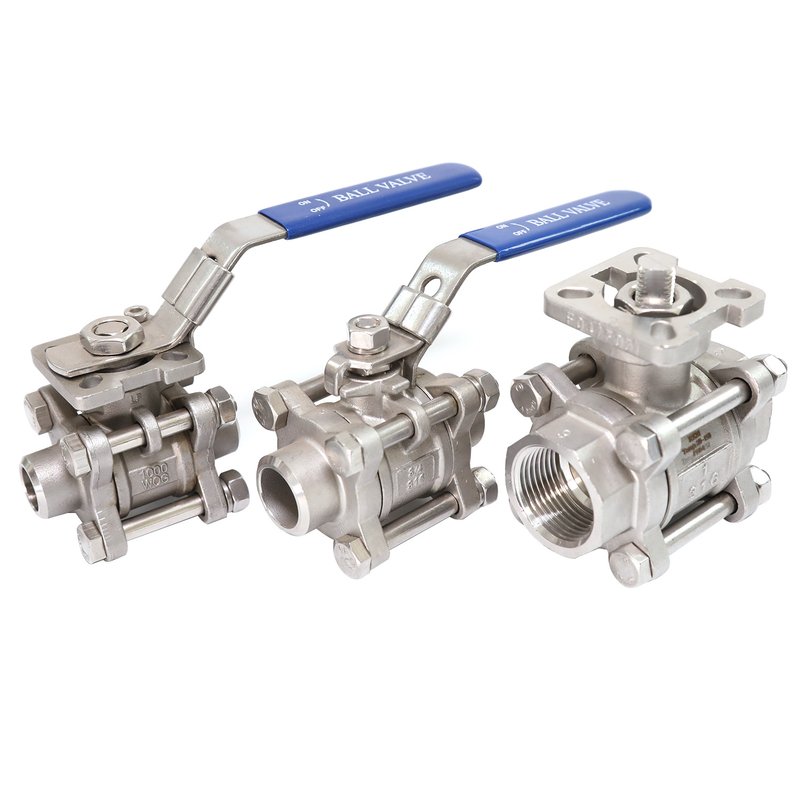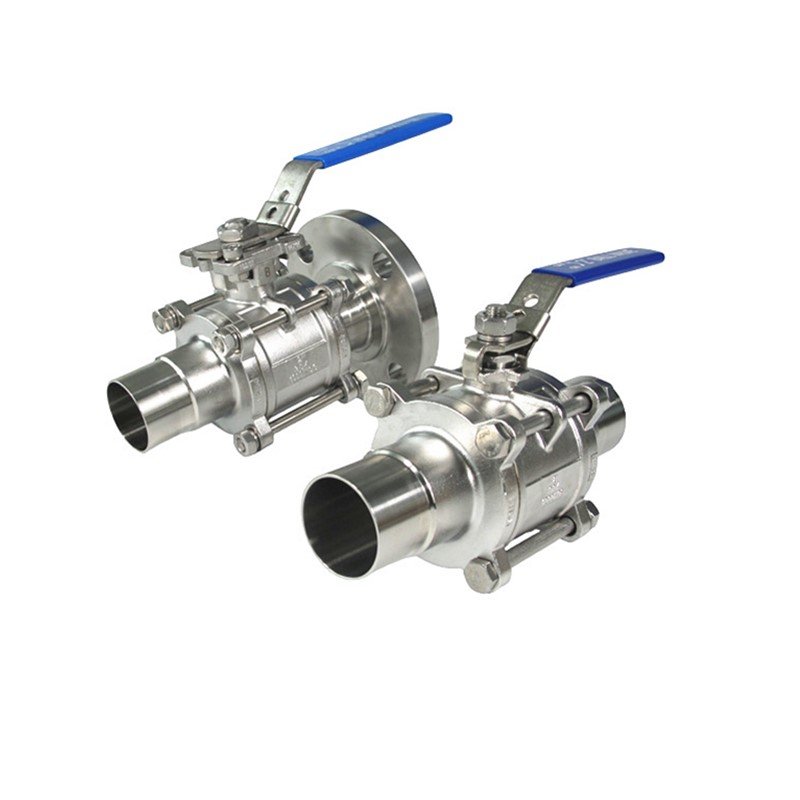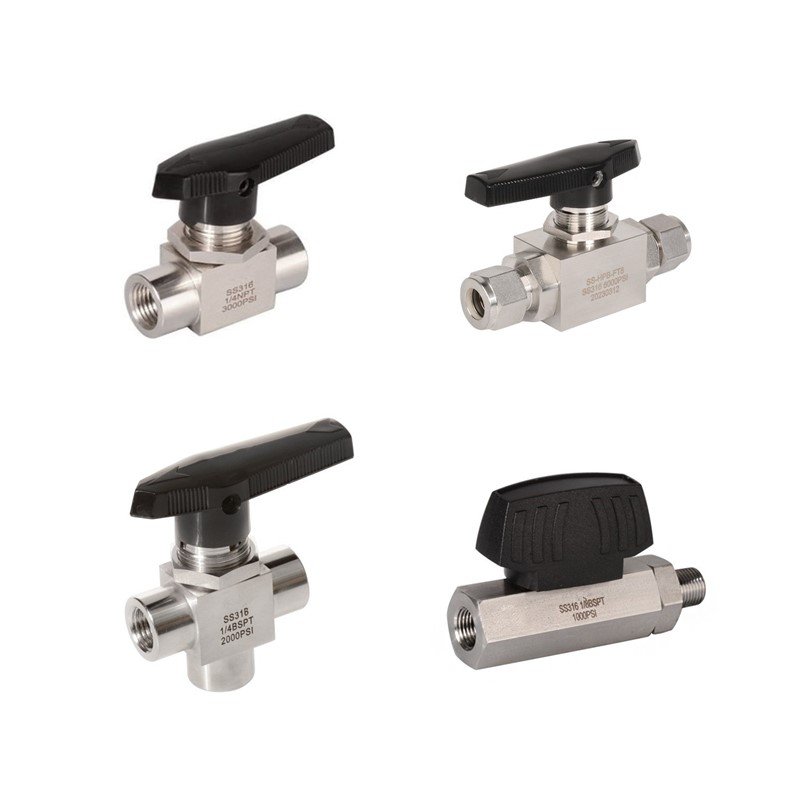
An instrumentation ball valve is a specially designed valve that provides high-precision control of fluid or gas flow in complex industrial systems. It uses a ball with a hole through the center to control the flow, providing quick and reliable shutoff.
Instrumentation ball valves are a key component in many industrial systems, playing a crucial role in controlling fluid flow1 in a variety of applications. They are designed with precision and reliability in mind, making them essential for industries that require exact control over liquids and gases. In this article, we’ll explore their importance, structure, and applications in different environments.
Instrumentation ball valves are designed to regulate fluid flow in processes that require high precision. These valves are ideal for on/off control in various industrial applications. They are built to provide tight sealing and prevent leakage, making them reliable in demanding conditions.
As we dive deeper into the structure and operation of instrumentation ball valves, it’s important to understand the different types and how they compare to other valve options available in the market.
Types and Structure of Instrumentation Ball Valves?
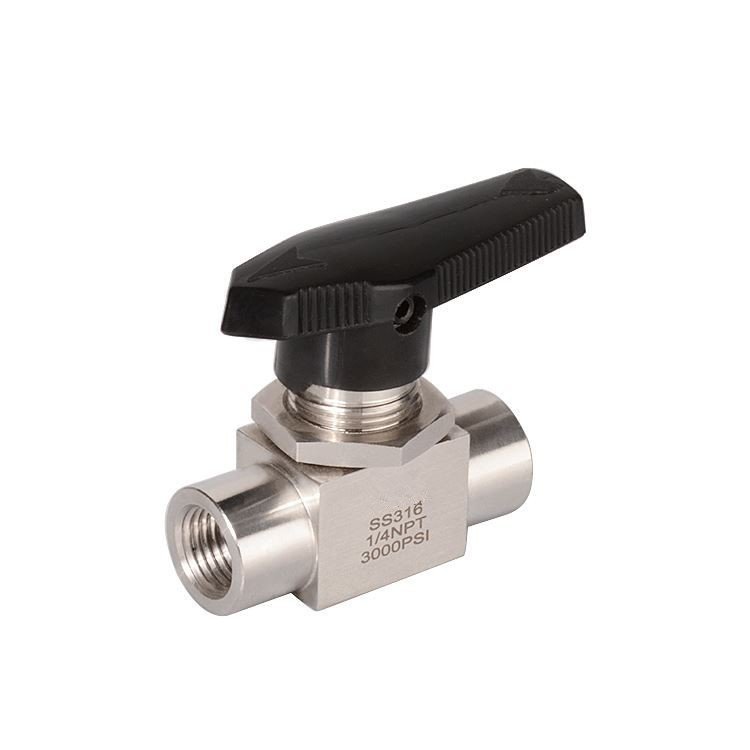
Instrumentation ball valves come in different types based on their port sizes and structural designs. Understanding these variations will help you choose the right valve for your needs.
Full Port vs Reduced Port Ball Valves:
- Full Port: This type of valve allows for the full flow of fluid without any restriction. It’s often used when flow rate and efficiency are priorities.
- Reduced Port: These valves have a smaller opening than the pipe size, which may reduce the flow capacity. However, they are more compact and cost-effective.
Structural Features:
Instrumentation ball valves are typically composed of a ball with a hole through the center. This ball rotates inside the valve body, allowing or restricting the flow of fluid. The valve is operated by turning a handle or actuator, which moves the ball into the desired position.
Working Principles
The basic working principle behind an instrumentation ball valve is simple. When the ball’s hole aligns with the inlet and outlet ports, fluid flows freely. When rotated 90 degrees, the hole is perpendicular to the flow path, completely blocking fluid. This makes them ideal for quick shut-of2 and tight sealing3.
Understanding the advantages and disadvantages of instrumentation ball valves is key to knowing when and why to use them.
Advantages and Disadvantages of Instrumentation Ball Valves?
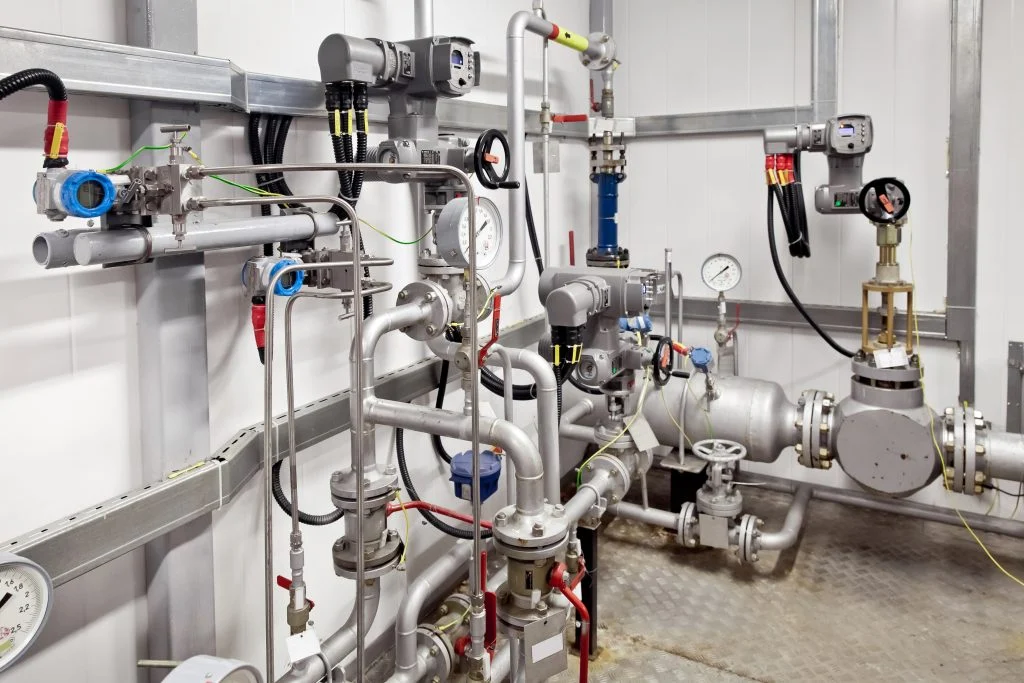
Instrumentation ball valves come with several notable advantages and some limitations. Let’s take a closer look at both.
Advantages:
- Low Cost: Instrumentation ball valves are generally more affordable compared to other types of valves like needle or gate valves.
- Compact Design: Their small size makes them ideal for applications where space is limited.
- Ease of Maintenance: These valves are relatively easy to maintain. They have fewer parts compared to more complex valves, reducing the need for costly repairs or replacements.
- Tight Sealing: Ball valves provide a nearly leak-free seal, ensuring secure operation in many applications.
Disadvantages:
- Unsuitable for Throttling: Ball valves are not designed for controlling the flow in smaller increments. They are best for full-open or full-closed positions.
- Not for Slurries: Instrumentation ball valves are not ideal for handling slurries or viscous fluids, as they can cause blockages or wear down the internal components.
Now, let’s compare instrumentation ball valves with other valve types to understand when they are the best option for your application.
Comparison with Other Valves?

When selecting a valve, it’s important to compare instrumentation ball valves with other types, such as needle valves or gate valves, to determine the best fit for your needs.
Ball Valves vs Needle Valves
- Needle Valves: These are best for controlling small flow rates with high precision. Unlike ball valves, they provide fine adjustment, which is ideal for applications requiring detailed flow regulation.
- Ball Valves: Ball valves, however, excel in applications where quick shut-off is needed and high flow capacity is not a primary concern.
Ball Valves vs Gate Valves
- Gate Valves: These are often used in larger pipe sizes and for more permanent installations where flow control is less frequent.
- Ball Valves: Ball valves, on the other hand, are quicker to operate, making them a better choice in applications requiring fast opening and closing.
Application Scenarios
- Ball Valves: Used in a wide range of industries, including oil & gas, water treatment, and food processing. They are excellent for on/off control in critical systems.
- Needle Valves: Used in situations where fine flow control is essential, such as in laboratory settings or precision fluid delivery systems.
- Gate Valves: Common in large-scale industrial applications, particularly in water and sewage systems, where flow control is less frequent.
Understanding how to select the right valve based on application needs is essential. Let’s look at how to choose the perfect instrumentation ball valve for different conditions.
Selection and Application Guide?

Choosing the right instrumentation ball valve depends on various factors such as pressure, temperature, and fluid type. Let’s break down the key considerations for selecting a ball valve.
Valve Selection for High-Temperature and High-Pressure Environments
- High-Pressure Conditions: For high-pressure applications, a full port ball valve is preferred, as it allows for smooth flow without restrictions, reducing pressure drop.
- High-Temperature Conditions: Materials like stainless steel are commonly used for high-temperature applications. It’s crucial to choose a valve rated for the specific temperature range to ensure proper sealing and prevent damage.
Corrosive Fluids and Chemical Resistance
- Corrosive Fluids: When dealing with corrosive or hazardous chemicals, it’s essential to choose a valve made from corrosion-resistant materials, such as stainless steel or special alloys. Ball valves with Teflon or other chemical-resistant coatings are often used in these cases.
Industry-Specific Application Case Studies
- Oil and Gas: Ball valves are often used in the oil and gas industry for shut-off applications due to their durability and tight sealing. They handle high-pressure and high-temperature environments efficiently.
- Pharmaceutical: In the pharmaceutical industry, ball valves are used to control the flow of liquids and gases in the production process. Their ease of maintenance and hygienic design make them ideal for these settings.
With all these factors in mind, it’s important to know how to troubleshoot and maintain instrumentation ball valves effectively to ensure longevity.
Troubleshooting and Maintenance?

Proper maintenance is essential for ensuring the long-term functionality of instrumentation ball valves. Here are some common issues and solutions:
Common Faults and Solutions:
- Leakage Around the Valve: This is often caused by a worn-out seal or improper installation. Replacing the seal or tightening the valve may solve the problem.
- Sticking Valve: If the ball becomes stuck, it could be due to corrosion or debris buildup. Cleaning the valve and checking for wear or damage can help.
Maintenance Tips:
- Regular Inspections: Periodic checks will help identify potential issues before they cause major failures.
- Lubrication: Keeping the moving parts lubricated can prevent wear and extend the valve’s lifespan.
- Replace Worn Seals: Seals tend to wear out over time, so it’s important to replace them to maintain a secure seal.
Now that we’ve covered troubleshooting and maintenance, let’s wrap up with a summary of the key takeaways.
Conclusion
Instrumentation ball valves are reliable, cost-effective, and easy to maintain. While they have some limitations, such as being unsuitable for throttling or slurry handling, they remain a vital part of industrial systems where precise flow control is needed. When choosing a ball valve, ensure it meets the pressure, temperature, and fluid compatibility requirements of your application.
Frequently Asked Questions (FAQ)
1. What is the primary function of an instrumentation ball valve?
Instrumentation ball valves primarily control the flow of fluids (liquids or gases) in industrial systems. They are designed for quick on/off control and are known for their tight sealing capabilities, making them ideal for applications where leakage is a concern.
2. What industries use instrumentation ball valves?
These valves are widely used across various industries, including oil and gas, water treatment, pharmaceuticals, food processing, and HVAC systems, where fluid control and safety are critical.
3. How do I know if a ball valve is suitable for my system?
When choosing a ball valve, consider factors like the fluid type, temperature, pressure, and flow rate. Ensure the valve material is compatible with the fluids in your system, and choose between full port or reduced port depending on your flow requirements.
4. Can instrumentation ball valves handle corrosive fluids?
Yes, instrumentation ball valves can handle corrosive fluids if they are made from materials like stainless steel or have special coatings like Teflon to prevent corrosion.
5. How often should I maintain my instrumentation ball valve?
Regular maintenance should include inspections every 6 to 12 months, depending on usage. Look for signs of wear, leakage, or sticking, and replace seals or lubricate components as needed to extend the valve’s lifespan.
-
Understanding best practices for controlling fluid flow can significantly enhance system efficiency and safety, making this a must-read for industry professionals. ↩
-
Exploring how quick shut-off mechanisms work in valves can provide insights into their importance in preventing leaks and ensuring safety in fluid control systems. ↩
-
Learning about the benefits of tight sealing in ball valves can help in understanding their role in minimizing leakage and maintaining system integrity. ↩






